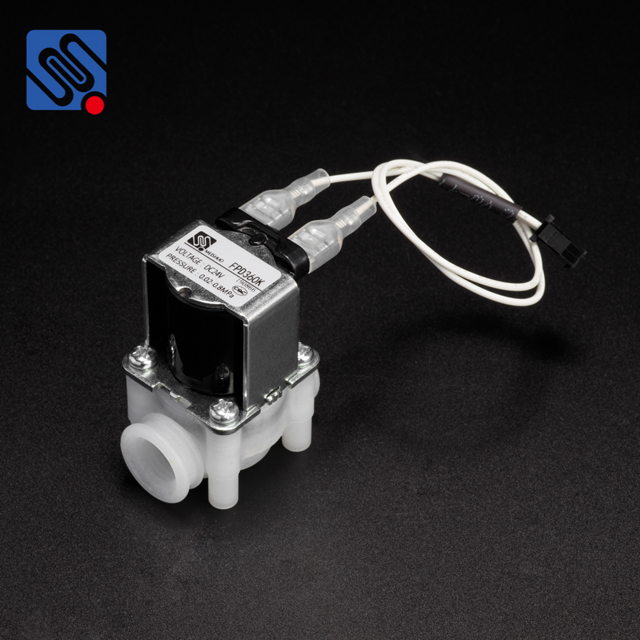water treatment system solenoid valve: key components and applications in water purification
Release time:2025-03-27 11:28:18
Water treatment is an essential process for ensuring clean and safe water for consumption, industrial use, and environmental protection. Among the many components involved in modern water treatment systems, the solenoid valve plays a critical role in regulating the flow of water, chemicals, and other substances through the system. A Water Treatment System Solenoid Valve is a specialized valve that uses an electromagnetic coil to control the opening and closing of a valve. This article will explore the function, types, advantages, and applications of solenoid valves in water treatment systems.

Understanding Solenoid Valves in Water Treatment Systems
A solenoid valve is an electromechanically operated valve that controls the flow of fluids and gases in various systems, including water treatment. It consists of a coil, plunger, and valve body. When an electrical current passes through the coil, it generates a magnetic field that moves the plunger, causing the valve to open or close. This process can be controlled remotely, allowing for automated control of water flow, chemical dosing, and other processes in a water treatment plant.
Solenoid valves are favored in water treatment systems for their quick response time, precise control, and reliability. They are typically used to manage the flow of water, regulate pressure, and control the introduction of chemicals like chlorine, coagulants, and pH adjusters into the water supply. These valves are commonly employed in a variety of stages within water treatment plants, from pre-treatment to post-treatment processes.

